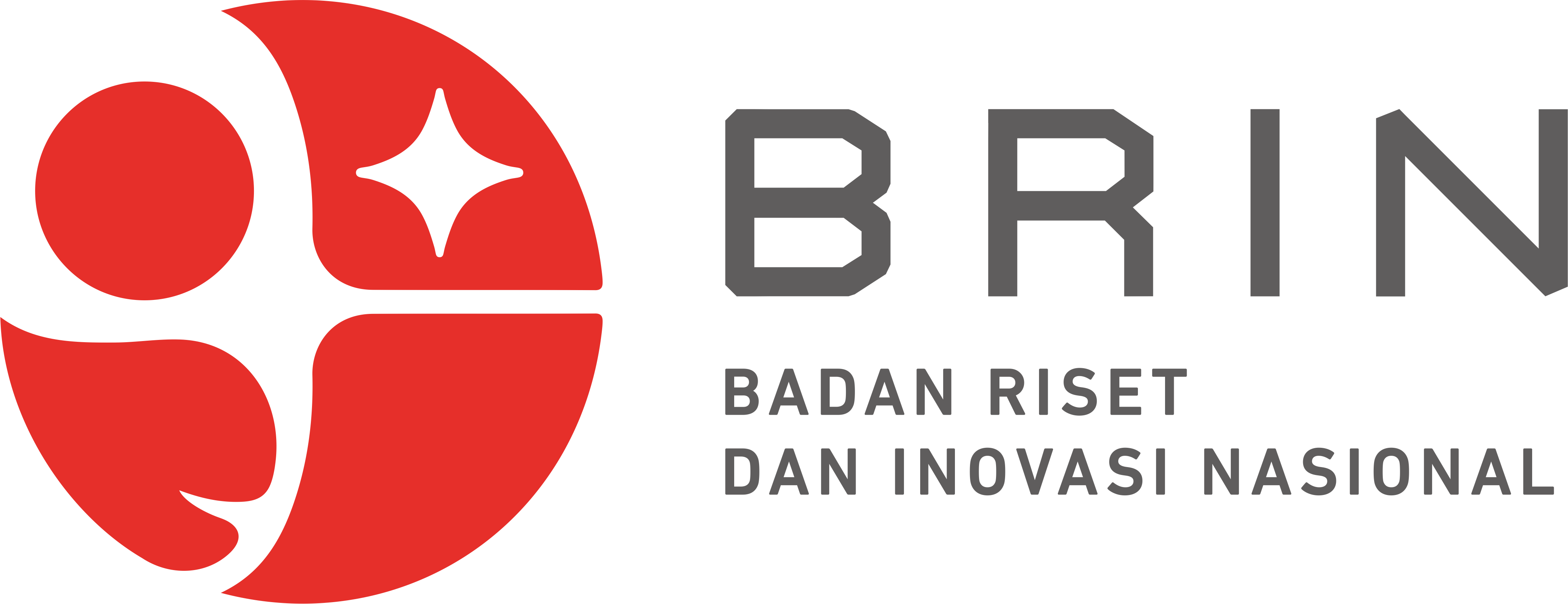Tingkat Persaingan Eksportir Utama Lada Dunia
DOI:
https://doi.org/10.25181/jaip.v7i2.1128Kata Kunci:
competitiveness, DRCA, market share, pepper exports, RCAAbstrak
Indonesia's pepper growth rate tends to decrease compared to the growth rate of world pepper demand. This is due to the decline in production in Indonesia in recent years. This has an impact on the amount offered by Indonesia to meet the needs of the world. Indonesia's inability to compete with other countries makes Indonesia's position in taking on the growth of the world's hopes can be used by other countries. This situation can change Indonesia's position and competitiveness in trade on the international market. This study aims to analyze the level of competition between countries by using Revealed Comparative Auntungan (RCA and Dynamics Revealed Comparative Advantage (DRCA). The results of the study show that during the 2011-2013 period the highest increase in competitiveness between countries during the other period was an increase Significant exports to the countries of Brazil, India and Pakistan which increased on the value of RCA. Delaying in the 2011-2013 and 2014-2016 periods was related to increasing countries increasing exports such as Indonesia, Brazil and India. Position of Indonesia in 2016 Enlarging free markets greater than the results of world exports, Indonesia must increase the country's competitiveness.ÂUnduhan
Referensi
Arifin, B. (2013). On the competitiveness and sustainability of the Indonesian agricultural export commodities. ASEAN Journal of Economics, Management and Accounting, 1(1), 81–100.
Balassa, B. (1965). Trade lberalization and revealed comparative advantage. The Manchaster School of Economic and Sosial Studies, 33, 92–123.
Baroh, I., Hanani, N., Setiawan, B., & Koestiono, D. (2014). Indonesian coffee competitiveness in the International Market: Armington Model Application. American Journal of Economics, 4(4), 184-194.
Boansi, D., & Crentsil, C. (2013). Competitiveness and Determinants of Coffee Exports, Producer Price and Production for Ethiopia. Journal of Advanced Research in Economics and International Business, 1(1), 31–56.
CBI. (2019). Which trends offer opportunities on the European spices and herbs market? Retrieved October 14, 2019, from https://www.cbi.eu/node/2913/pdf/.
Edwards, L., & Schoer, V. (2002). Measures of competitiveness: a dynamic approach to South Africa's trade performance in the 1990s. South African Journal of Economics, 70(6), 1008-1046.
Erkan, B., & Yildirimci, E. (2015). Economic Complexity and Export Competitiveness: The Case of Turkey. Procedia-Social and Behavioral Sciences, 195, 524-533.
Gebre, Y. (2015). Determinants of Coffee Export Performance in Ethiopia. Journal of Economics and Sustainable Development, 6(5), 147–157.
Hamdy, H. (2001). Ekonomi Internasional Teori dan Kebijakan Perdagangan Internasional. Jakarta: Ghalia.
Hinloopen, J., & Onderstal, S. (2010). Collusion and the choice of auction: An experimental study.
International Pepper Community [IPC]. (2017). Pepper Statistical Yearbook 2017. Jakarta (ID).
International Trade Center [ITC]. (2017). Trade Map Trade Statistic For International Business Development. Retrieved from https://trademap.org.
Kementerian Pertanian. (2015). Outlook Lada : Komoditas Pertanian Subsektor Perkebunan. Pusat Data dan Sistem Informasi Pertanian, Sekretariat Jenderal, Kementerian Pertanian. Jakarta.
Krugman, P. R., & Obstfeld, M. (2005). Ekonomi Internasional Teori dan Kebijakan 5th ed. Jakarta: PT. Indeks Kelompok Gramedia.
Kustiari, R., & Dermoredjo, S. K. (2017). Proteksi tarif optimal untuk kedelai di Indonesia. Jurnal Pertanian Agros, 15(1), 148-159.
Nhien, N. T. H. (2016). The Competitiveness of Vietnamese Coffee Into The EU Market. Centria University of Applied Scinces Finlandia.
Rosiana, N., Nurmalina, R., Winandi, R., & Rifin, A. (2017). The Level of Comparative Advantages of World Main Coffee Producers. Buletin Ilmiah Litbang Perdagangan, 11(2), 227-246.
Salvatore, D. (1997). Ekonomi Internasional (Terjemahan). Jakarta (ID): Erlangga.
Tambunan, T. (2001). Perekonomian Indonesia: Teori, Temuan dan Empiris. Jakarta: Ghalia.
Utomo, S. (2012). Dampak impor dan ekspor jagung terhadap produktivitas jagung di Indonesia. Etikonomi, 11(2), 158-179.






















